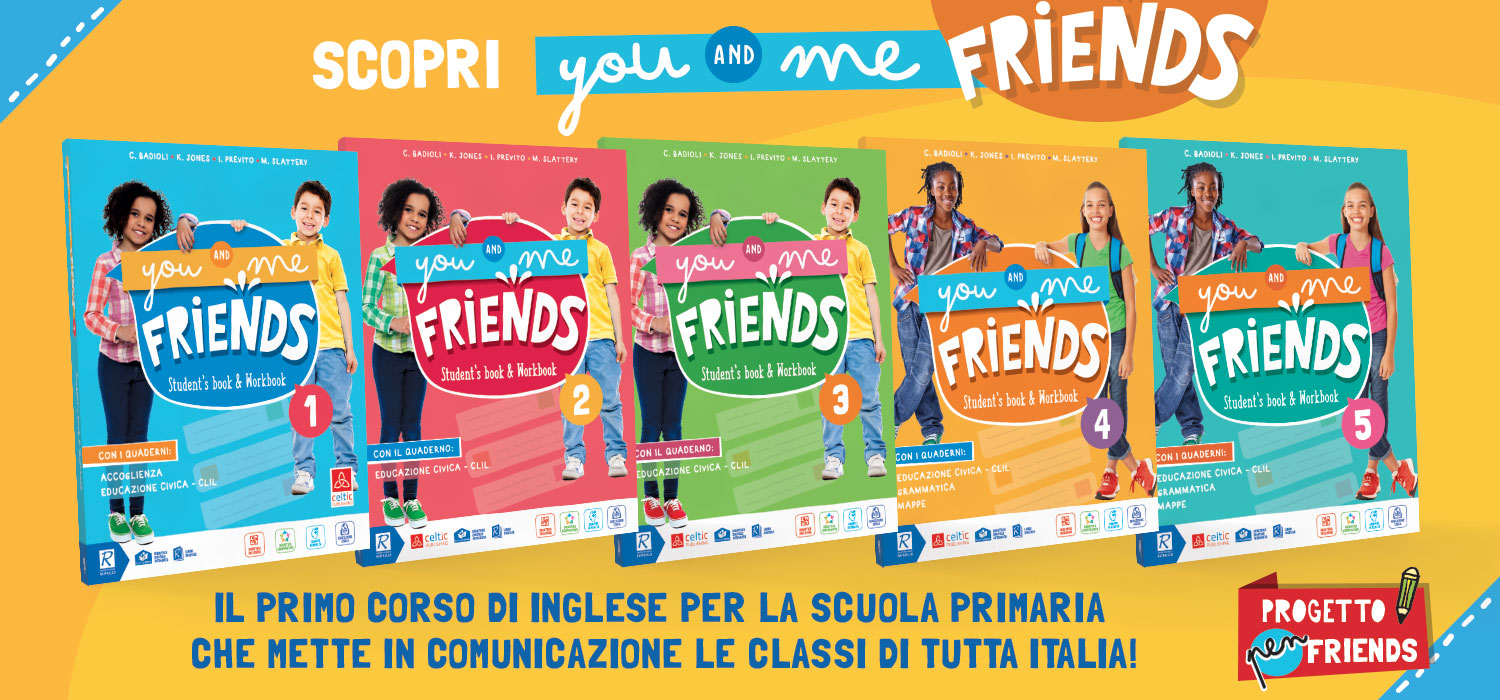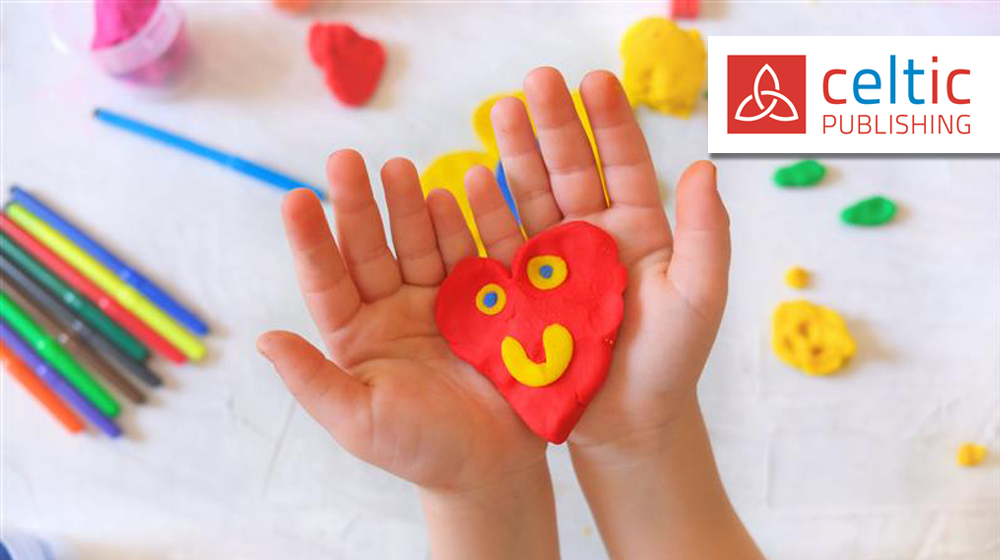Dear friend

Dear Readers,
I have a great friend from my schooldays, Louise. She is one of those truly lovely people who has refined the art of being a friend to perfection. She is a good listener, advice giver, night out organiser, holiday planner, birthday card sender, (she even remembers to send my mum a birthday card) and she can make me laugh till I cry!
But what makes her extra special is her style at keeping in touch. None of those forwarded whatsapp messages for Louise, oh no! She writes letters, real letters in envelopes with stamps on. Letters that make you feel good when you see there is one waiting for you. Letters that you open carefully and read again and again.
And when I organised penpals for classes in my school, I was delighted to see that receiving letters had that same joyous effect on them as it has on me.
This kind of project takes a bit of of time at the begiining when you have to create the penpal partners, and get everybody started but the correspondence soon grabs the enthusiasm of everybody and it’s all downhill from then. The golden rule is “Everybody sends and receives letter, or nobody does”. It’s a good one as it makes them all collectively responsible for finishing their letters on time. To make the activity inclusive I always prepare a model with underlined words which they have to substitute with personal information. The model is either projected on the smart board to be copied by all or is presented as a word document which can be easily altered on the computer by those with additional needs. The final draft or “bella copia” (I LOVE that expression in Italian) is set as homework with freedom to use coloured pens, stickers, and drawings to their hearts’ delight. If someone has forgotten to bring in their letter on the set date, you can be sure that after seeing the works of art presented by their classmates, they will definitely have theirs ready for the next lesson. Nobody likes to feel left out.
The letters are parcelled up and delivered to the children in another class of the same institute or a nearby school. A few days pass, the anticipation builds…and the replies arrive! I love sitting back and watching their faces as they open their letters “maestra, guarda, piace il calcio proprio come me! Guarda che penna ha usato! Io ho ricevuto anche un bracialetto, guarda!” Not only are they excited to open and read their letters but they also can’t wait to share them – a true indicator that an activity has been successful.
It’s not difficult to find a topic for the letters : a personal presentation, a daily routine description, a family description, a favourite things list, a drawing and description of a pet or animal, a description of a classmate, a Christmas card, an Easter card, a good luck card, a thank you letter… the list goes on. Set a date, maybe the first Monday of each month when the letters have to be written and then completed by the end of the week, so that letter writing becomes a regular class activity.
Maybe they will keep these letters and read them again in years to come, maybe they will become skilled letter writers or maybe just like Louise, they will become truly special people who know how to be a friend with style!
Bye for now,
Michelle
VERSIONE IN ITALIANO
Cari lettori,
ho un’amica speciale dai tempi di scuola, si chiama Louise. È una di quelle persone veramente adorabili; la classica amica perfetta. Sa ascoltare, dare consigli, organizzare serate, pianificare vacanze, inviare biglietti d’auguri (si ricorda persino di inviarlo a mia madre) e riesce farmi scendere le lacrime da quanto mi fa ridere!
Ciò che la rende ancora più speciale è però lo stile tutto suo nel mantenere i contatti. Louise non manda catene o messaggi inoltrati su whatsapp, assolutamente no! Scrive lettere, delle vere e proprie lettere con tanto di busta e francobollo. Lettere che ti fanno sentire bene appena le ricevi. Lettere che apri con attenzione e leggi e rileggi mille volte.
Quando ho programmato e deciso di inserire i pen friends nelle lezioni di inglese, sono stata felice di vedere la gioia dei miei alunni quando hanno ricevuto le lettere, mi ha ricordato la mia.
VI STATE CHIEDENDO COME HO STRUTTURATO QUESTA ATTIVITÀ CON I MIEI ALUNNI?
Questa tipologia di progetto richiede un po’ di tempo all’inizio in particolare quando devi creare le coppie per la corrispondenza e far partire tutti ma l’attività incontra subito l’entusiasmo e poi è tutto in discesa. La regola che ho stabilito è “o tutti o nessuno”. Questo aspetto è positivo perché i bambini si responsabilizzano e cercano di preparare le loro lettere nei tempi stabiliti. Per rendere l’attività inclusiva preparo sempre un modello con delle parole sottolineate che i bambini devono sostituire inserendo le loro informazioni personali. Il modello viene proiettato sulla LIM per essere copiato oppure lo invio direttamente in word in modo che lo possano modificare direttamente al computer. La bozza finale o “bella copia” (ADORO quest’espressione in italiano) è solitamente un compito che do a casa e lascio i bambini liberi di usare penne colorate, adesivi e disegni. Se qualcuno si è dimenticato di portare la propria lettera nella data stabilita, puoi star certo che dopo aver visto le opere d’arte presentate dai compagni, porterà sicuramente la lettera la lezione successiva.
A NESSUNO PIACE SENTIRSI ESCLUSO.
Le lettere vengono imbustate e consegnate ai bambini di un’altra classe dello stesso plesso o comunque dello stesso istituto. Passano pochi giorni, cresce l’attesa… e arrivano le risposte! Adoro sedermi e guardare le loro facce mentre aprono le lettere “maestra, guarda, a Marco piace il calcio proprio come me! Guarda che penna ha usato! Io ho ricevuto anche un braccialetto, guarda! ” Non solo sono entusiasti di aprire e leggere le loro lettere, ma non vedono l’ora di condividerle: un vero indicatore del successo di un’attività proposta.
QUALI ARGOMENTI SCEGLIERE?
Non è complicato trovare un argomento per le lettere: la presentazione personale, la descrizione della routine quotidiana, la descrizione della famiglia, un elenco di cose preferite, un disegno e una descrizione di un animale domestico, la descrizione di un compagno di classe, un biglietto di Natale, un Biglietto di Pasqua, un biglietto porta fortuna, una lettera di ringraziamento…la lista potrebbe continuare all’infinito. Consiglio di stabilire una data in cui le lettere devono essere scritte e completate ad esempio il primo lunedì di ogni mese, in modo che l’attività di scrittura diventi una normale routine di classe.
Chissà magari conserveranno queste lettere e le leggeranno anche negli anni a venire, forse diventeranno abili scrittori di lettere o forse proprio come Louise, diventeranno persone davvero speciali che sanno come essere amiche con stile!
A presto,
Michelle
Clicca e scopri You and Me Friends
-
Michelle Slattery
Docente di inglese nella Scuola Primaria. Autrice di numerosi testi Celtic Publishing per la Scuola dell'Infanzia e Primaria. Esaminatrice Cambridge.
Visualizza tutti gli articoli







